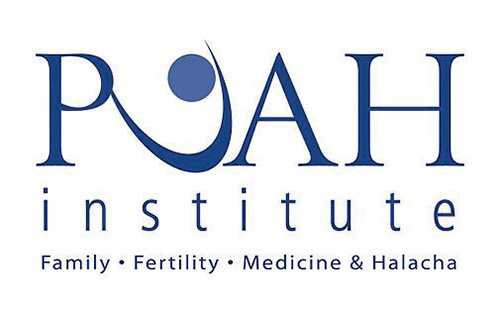
Last time, we discussed the unique state of fertility in Israel. We will now assess the impact of health insurance laws on access to fertility treatments.
What is the Israeli law regarding fertility treatments?
In most countries, fertility treatment is often not covered by health insurance. Even when it is covered, it is usually only partial coverage. For example, only 15 states in the USA have mandatory health coverage of fertility treatment. In all the other states a person may end up paying for everything out of pocket, which may cost in excess of $15,000. Even in states that do have insurance coverage, there is no consistency from state to state as to what is covered. Some states, for example, New York, cover fertility tests and some basic treatments, but do not cover in-vitro fertilization. The couple will have to pay thousands of dollars for each treatment.
Does this cause people to give up on treatment?
Yes, unfortunately. With the chances of pregnancy at each cycle only around 30 percent, a couple may well have to try several times until they are successful. The cost can become prohibitive, and many couples drop out of treatment for financial reasons before realizing their dreams of having their own children.
What about countries with national health plans?
Countries with national health plans often do cover treatments—but there is a limit on the number of attempts covered. For example, couples in Britain are offered three free treatments, and for women over the age of 40, only one covered treatment is offered. Many couples will not get pregnant after three attempts and the rest of the treatments will be out of pocket.
What is different about Israel’s coverage?
In Israel, the coverage is based not on the number of treatments, but on the outcomes. Since 1987, fertility treatments, including IVF, are covered by the Kupat Cholim until the couple has delivered two children. There is no limit on the number of treatments; only on the number of children. And many people who have supplementary coverage are given more treatments by the Kupat Cholim until they have a third child and even more.
There is nowhere else in the world where the insurance is for the outcome not for the treatment. Though this is due to governmental concerns about demographics, this does not reduce the powerful message here. When a couple seeks treatment, that treatment isn’t the goal; it’s just a means to attain their dream of having children. Therefore, it is unfair to limit the insurance to the number of treatments, as that assumes that the couple is seeking treatments, whereas what the couple really seeks is success.
If the doctors know that they have an unlimited number of chances to attempt treatment, doesn’t this take the pressure off doctors to succeed as quickly as possible?
It is true that in countries where the couple pay out of pocket, the couple will place great pressure on the doctor to achieve a pregnancy very quickly. However, this does not affect outcomes at all. At the recent Annual Meeting of the Israeli Fertility Society, the statistics presented indicated that there was a pregnancy success rate of over 30 percent in women under 35, which is comparable to statistics in countries that do not cover costs. In addition, there are negative consequences to placing the doctor under pressure. As we have written in a past column, in a scenario that only looks for an immediate pregnancy, the doctors may over-stimulate women and place limits on which women can be accepted for treatment.
Are there positive results, scientifically, to offering free treatment?
What the nearly free treatments in the state of Israel do mean is that Israeli doctors have developed a vast experience of dealing with difficult cases. This includes older women who are undergoing fertility treatment and couples who have had many treatments and eventually become pregnant. In other countries, these same people would never have had the opportunity to undergo treatment and give birth to their own children. Their doctors would never have the experience of seeing firsthand that even these difficult and complex cases can end in pregnancy and children.
Israel designation as a world leader in the area of fertility research and treatment is well deserved. In addition to being very well represented at international conferences, world-renowned researchers and medical professionals come to Israel to see for themselves and learn from our unique medical system.
Another example of Israel’s distinctive system is the high acceptance of PUAH halachic supervision in the fertility labs. In places such as Bikkur Cholim, there is full-time PUAH hashgacha available, and no need to set an appointment with PUAH. This sensitivity to the halacha helps the whole fertility journey.
In a lighter vein, Israel has a prevalence of medical clowns, which have been proven to improve recovery rates. In fact, when medical clowns were brought to the recovery room following fertility treatments, pregnancy rates increased!
The effect of the mind on the body cannot be downplayed. Many are skeptical as to the efficacy of such approaches, such as many attendees at one of the recent fertility conferences. However, the impressive results banished any doubts.
We are proud of our people and our nation in the enormous success of fertility treatments in the state of Israel.
By Rabbi Gideon Weitzman
Rabbi Gideon Weitzman is a PUAH senior advisor.









